Home > Climate News >
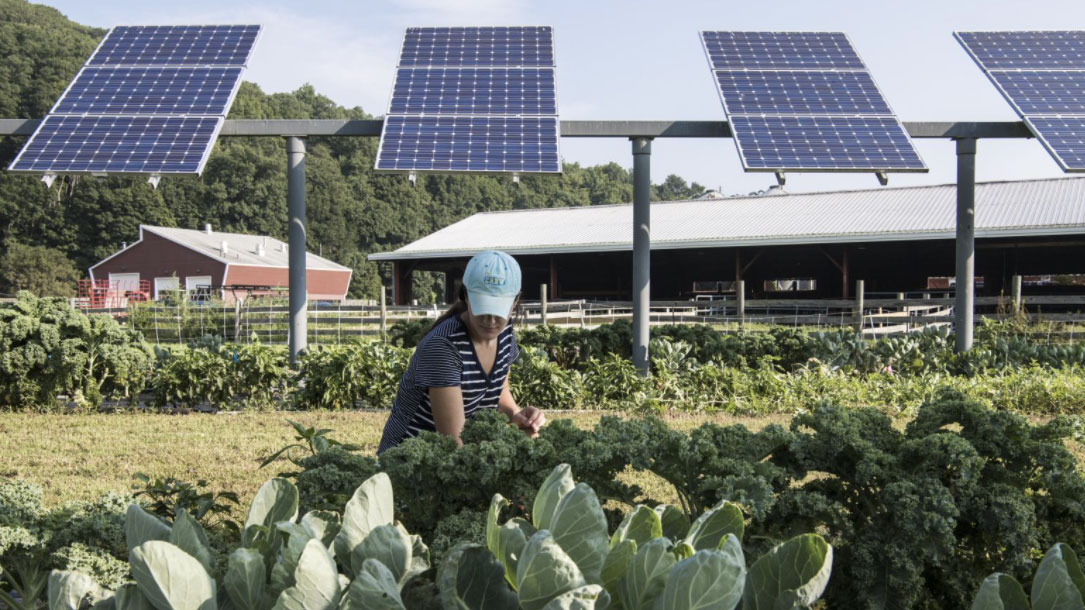
Benefits of agrivoltaics across food, water, energy sectors
Food and energy security need not be competing objectives. In fact, taking a holistic, integrated approach to food-energy-water decision making can increase resiliency of both food and energy systems…
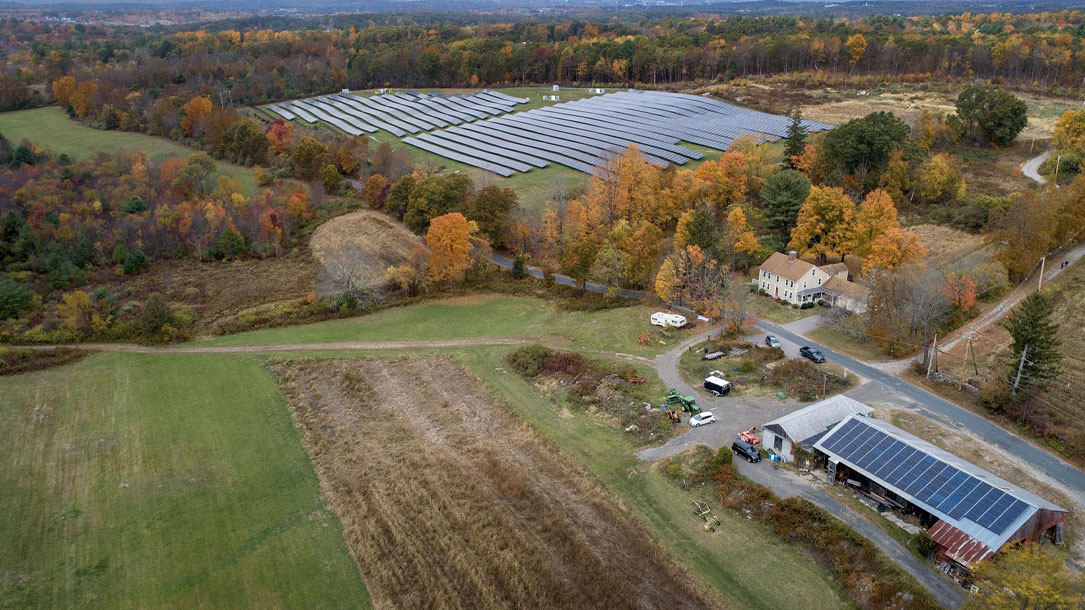
Farms will harvest food and the sun, as Massachusetts pioneers ‘Dual-Use’ Solar
Fickle weather and fluctuating prices make farming a risky business, so five years ago, [Paul] Knowlton installed a new cash crop: solar energy. He turned 19 acres into two solar energy fields. “Doing the solar was very beneficial,” he says. “In the wintertime there is no revenue for a farm. It’s a tough game.”
Knowlton wants to increase the production of solar power on his farm, expanding it to another 14 acres. But this time, cutting-edge technology is making it possible to harvest both the sun’s energy and crops on the same land. It’s called “agrivoltaics” or “dual-use solar”…Knowlton has nine children, and hopes solar will help the farm stay in the family. “We’re going to keep it for the next generation to enjoy,” he says.

Solar installation—Matsuda Farm
Does your land trust have an opportunity to install solar on its lands as part of an overall project, and education strategy?
The Vashon-Maury Island Land Trust is passionate about conserving land to protect the natural ecosystems and rural character of their islands amidst today’s rampant development. They created a video to talk about a solar installation on a farm they own and how it relates to their conservation goals.
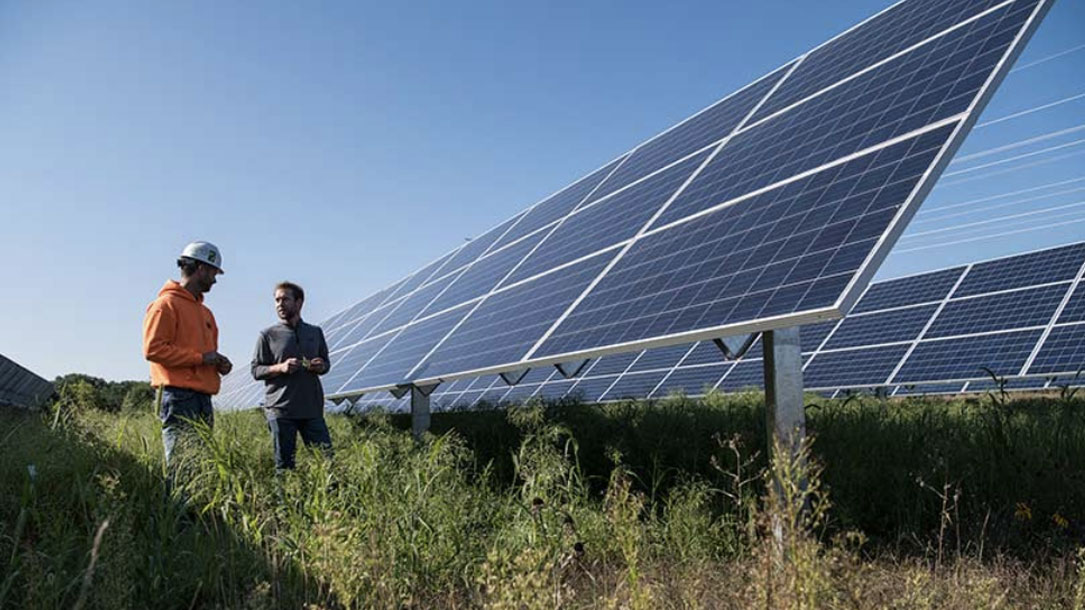
Beneath solar panels, the seeds of opportunity sprout
“On a humid, overcast day in central Minnesota, a dozen researchers crouch in the grass between rows of photovoltaic (PV) solar panels. Only their bright yellow hard hats are clearly visible above the tall, nearly overgrown prarie grasses—which are growing exactly as expected.
Bent over white, square frames, some of the researchers catalog the number and type of native plants growing on a square foot of land. Others press double-forked meters into the ground, measuring the soil moisture below the solar panels and in open ground. Nearby, beekeepers check on the health of local hives.
Their research is part of an ongoing study to quantify the benefits of a new approach to solar installations: low-impact solar development…”

Panel discussion: Integrated Energy Research on Agriculture & Water Challenges
Check out these slides from this detailed panel hosted by the Joint Institute for Strategic Energy Analysis just a few weeks ago…
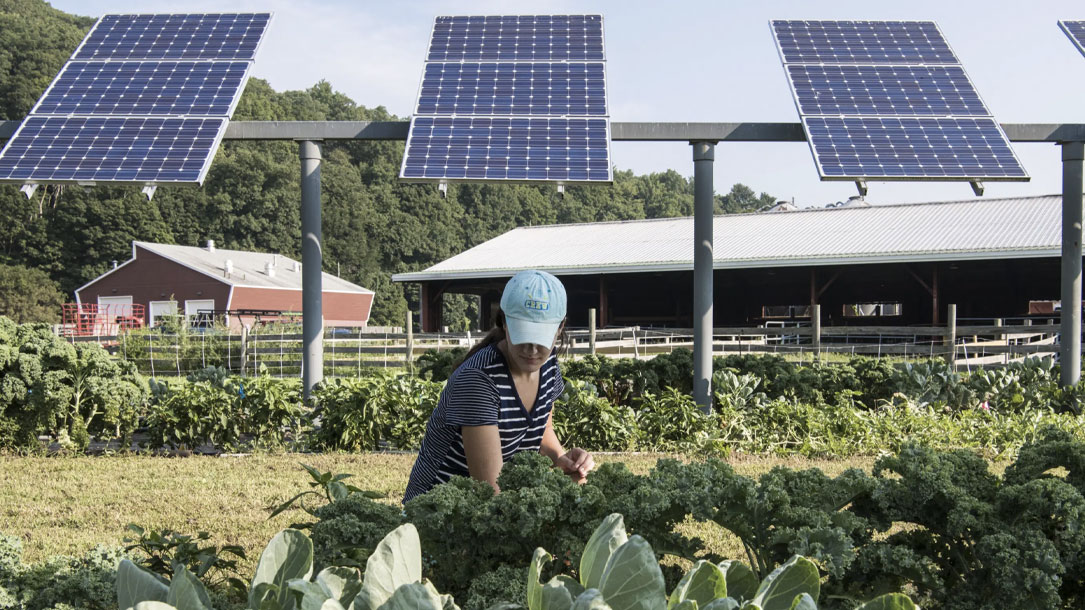
Can farmland fix solar power’s real estate problem?
Rooftop panels are great, but there just isn’t enough viable rooftop space for solar to take a meaningful bite out of carbon emissions in the US. For that, the country needs utility-scale solar farms, which can take up a lot of space—they could occupy an area the size of Connecticut by 2030, according to the National Renewable Energy Laboratory.
There needn’t be a trade-off between crops and electrons, [Chad] Higgins said; they can grow in tandem. Elevated solar panels installed above crops (so-called “agrivoltaics”) can provide an extra income stream for farmers if they lease the space for them to solar companies. And they can yield benefits for the farm itself: the shade can actually boost the yield of vegetables, decrease water consumption, and preserve the ability of soil to absorb CO2 from the atmosphere, according to an ongoing National Renewable Energy Laboratory (NREL) study. The study’s pilot sites have also found ways to combine solar with cattle and goat grazing, as well as apiaries for bees…

Video: Solar shading for dairy cows
We all know Minnesota summers can be hot, especially for our grazing dairy herd. We’ve installed solar panels in our pasture to provide shade for our cows. Brad Heins, WCROC dairy scientist, and Kirsten Sharpe, graduate student, share more information…

Solar panels provide cow comfort
Research from the University of Minnesota on solar panels at dairy farms is leading to some interesting results. The panels produce electricity to run the farms, but also provide shade for the dairy cattle—thus improving cattle comfort.
A 30-kilowatt solar-powered system is in the pasture of the rotational grazing system at the West Central Research and Outreach Center. The center is located in Morris, Minnesota. According to University of Minnesota assistant professor and Extension Organic Dairy Management Specialist Brad Heins, the system provides shade for the center’s milking herd and energy for the milking parlor…
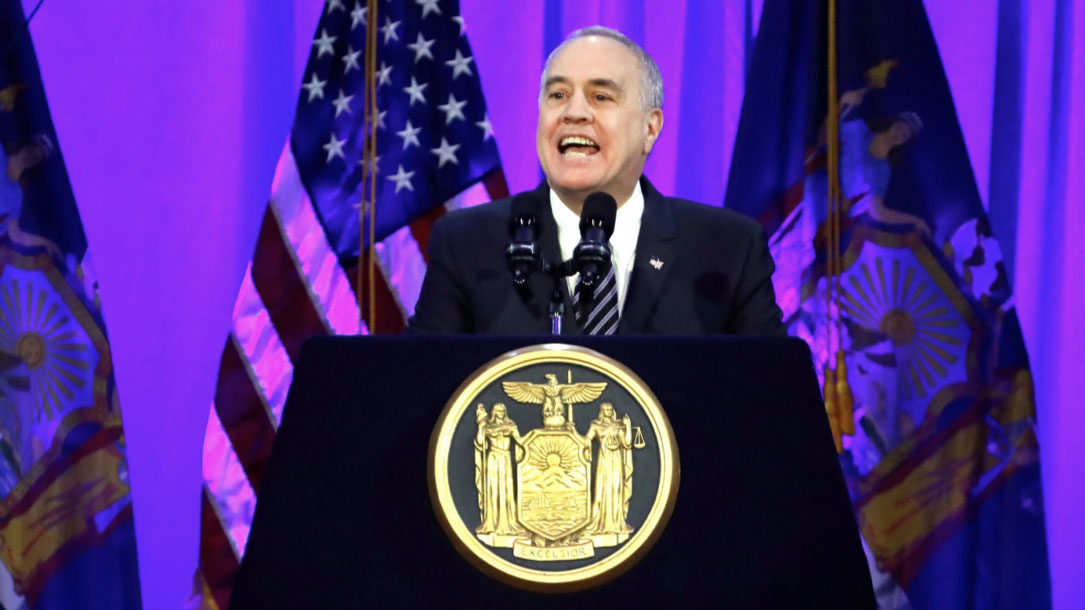
New York’s $226 billion pension fund is dropping fossil fuel stocks
“New York State’s pension fund, one of the world’s largest and most influential investors, will drop many of its fossil fuel stocks in the next five years and sell its shares in other companies that contribute to global warming by 2040, the state comptroller said on Wednesday.
With $226 billion in assets, New York’s fund wields clout with other retirement funds and its decision to divest from fossil fuels could accelerate a broader shift in global markets away from oil and gas companies, energy experts and climate activists said…”
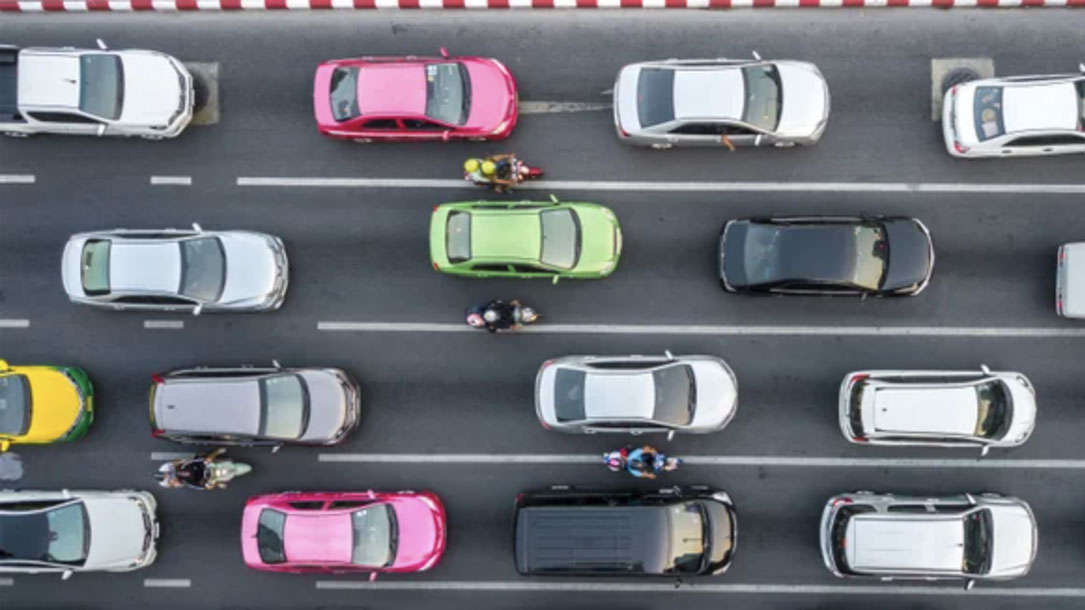
Ninety percent of U.S. cars must be electric by 2050 to meet climate goals
The United States is not expected to electrify passenger cars fast enough to stay on track with the Paris climate accord’s goal of limiting global warming to 2 degrees Celsius, according to a new study.
Published in the journal Nature Climate Change yesterday, the study by engineers at the University of Toronto concludes that 90% of light-duty cars on American roads would need to be electric by 2050 to keep the transportation sector in line with climate mitigation targets…












